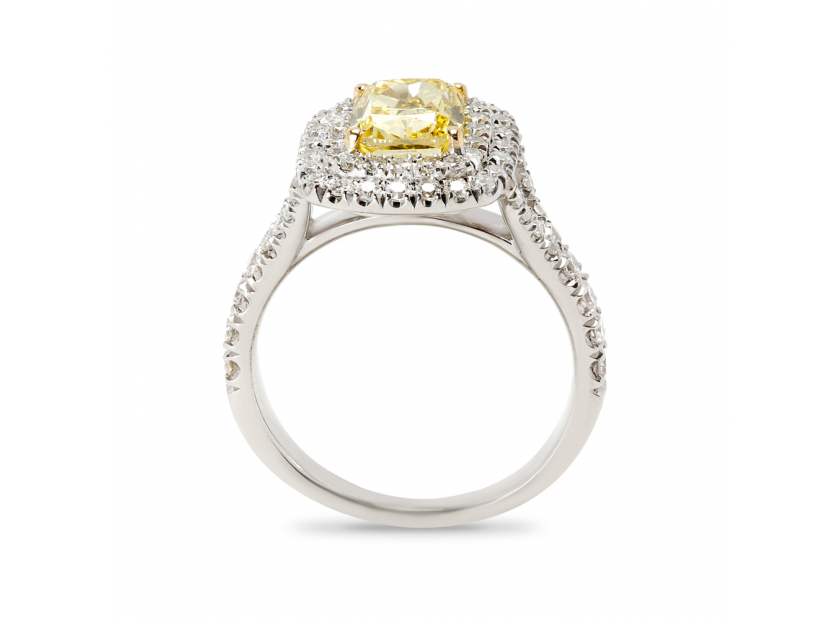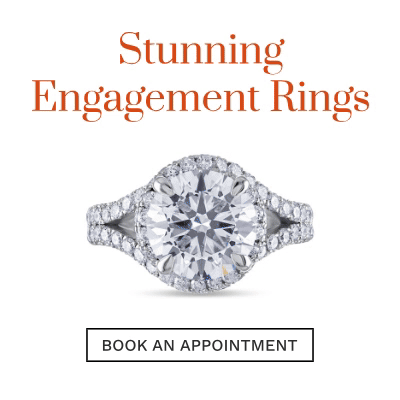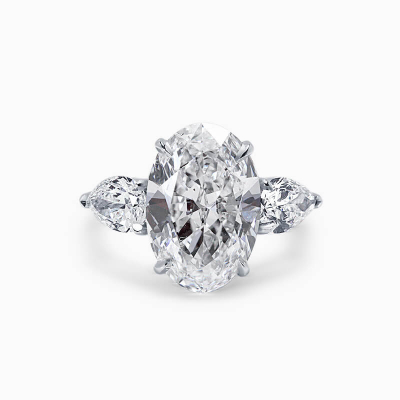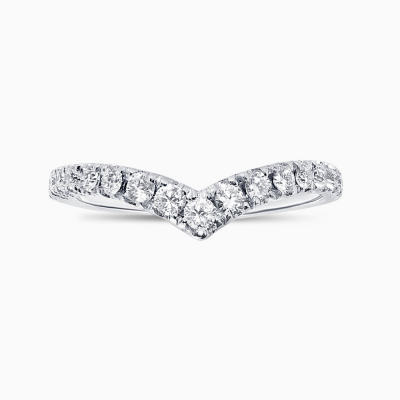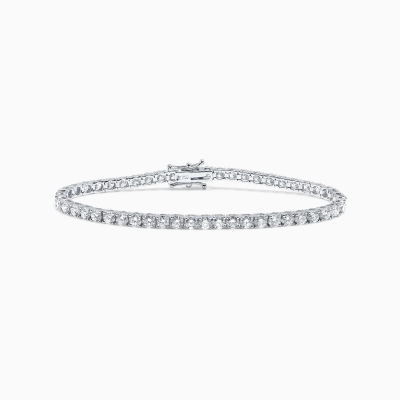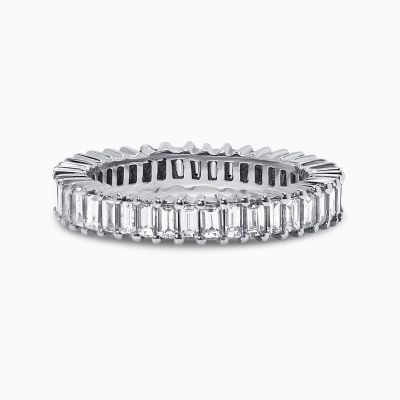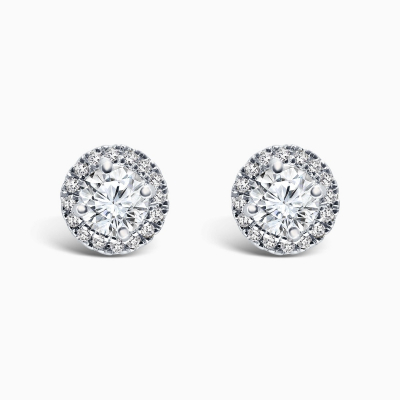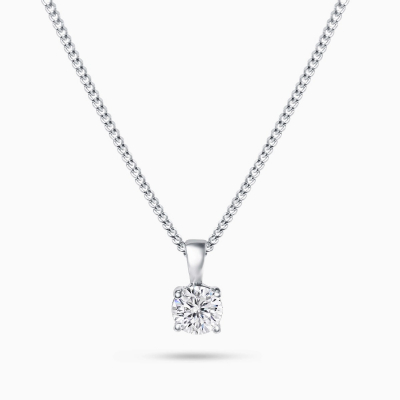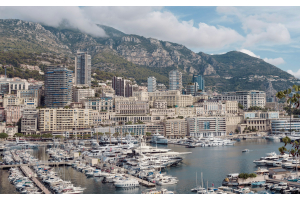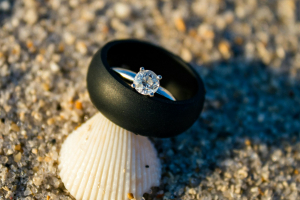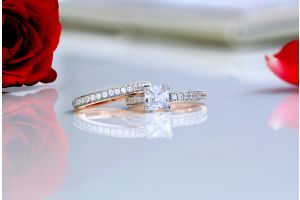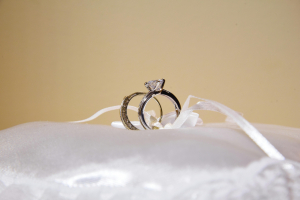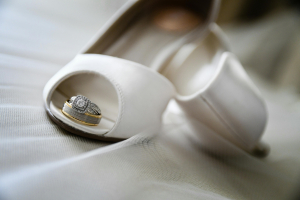GBP
/
GBP
/
Shipping to:
Currency:
Yellow Diamonds: A Guide
Posted:
January 07, 2018
4 min read
Yellow diamonds, known for their captivating and sunny hue, are among the most sought-after fancy coloured diamonds. Their vibrant colour sets them apart from traditional white diamonds, offering a unique blend of luxury and warmth. These gems range in colour from light, delicate shades to deep, intense canary tones, each one possessing a distinctive charm. The colour in yellow diamonds is caused by the presence of nitrogen within the diamond's crystal structure. This nitrogen absorbs blue light, which results in the stone's yellow appearance. The more nitrogen present, the deeper and more intense the yellow colour.
Understanding the Grading of Yellow Diamonds
Yellow diamonds are graded similarly to other diamonds, but with a special emphasis on colour. The Gemological Institute of America (GIA) grades these diamonds based on the intensity of their hue, which is broken down into categories such as "Fancy Light," "Fancy," "Fancy Intense," and "Fancy Vivid." The most valuable yellow diamonds typically fall within the "Fancy Intense" or "Fancy Vivid" categories, where the colour saturation is most striking. Unlike colourless diamonds, where the absence of colour is prized, the value of yellow diamonds increases with the richness and intensity of their colour.
Yellow Diamonds in Jewellery
Yellow diamonds have a rich history of being used in exquisite jewellery, often chosen by royalty and celebrities alike. Their vibrant colour makes them a perfect centrepiece for engagement rings, necklaces, and earrings. The choice of setting can greatly influence the appearance of a yellow diamond; for instance, yellow gold can enhance the stone's colour, while platinum or white gold may provide a subtle contrast. Beyond engagement rings, yellow diamonds are also popular in pendants, bracelets, and brooches, offering a luxurious alternative to more traditional white diamonds.
Natural vs. Treated Yellow Diamonds
It's important to distinguish between natural yellow diamonds and those that have been treated to enhance their colour. Natural yellow diamonds, formed over millions of years under the Earth's surface, owe their colour to the natural presence of nitrogen. Treated yellow diamonds, on the other hand, have undergone processes such as high-pressure high-temperature (HPHT) treatment or irradiation to change or enhance their colour. While treated diamonds can offer a more affordable option, natural yellow diamonds are generally more valuable due to their rarity and natural beauty.
The Investment Value of Yellow Diamonds
Yellow diamonds are not only beautiful but can also be a wise investment. As with any gemstone, the rarity, colour intensity, and overall quality play crucial roles in determining a diamond's value. Over the years, the market for coloured diamonds, including yellow diamonds, has seen significant growth, making them an appealing choice for collectors and investors. When considering yellow diamonds as an investment, it's essential to seek expert advice to ensure you select a stone that will retain or increase in value over time.
Caring for Yellow Diamond Jewellery
Caring for yellow diamond jewellery is similar to caring for any fine jewellery, but with a few special considerations to maintain their brilliant colour and shine. Regular cleaning with a mild soap and water solution, combined with a soft brush, will help keep your yellow diamond looking its best. It's also advisable to have your jewellery professionally cleaned and inspected periodically. When not wearing your yellow diamond jewellery, store it separately in a soft cloth pouch or a jewellery box to prevent scratching and damage.
Explore Our Collections
FAQ
What makes yellow diamonds different from other coloured diamonds?
Yellow diamonds are distinguished by their sunny hue, which is caused by the presence of nitrogen within the diamond's structure. This sets them apart from other coloured diamonds, where different elements or structural anomalies cause the colour.
Are yellow diamonds rare?
Yes, yellow diamonds are considered rare, especially those with a deep, intense colour. While not as rare as pink or blue diamonds, high-quality yellow diamonds still command significant value.
How are yellow diamonds graded?
Yellow diamonds are graded based on the intensity of their colour, ranging from "Fancy Light" to "Fancy Vivid." The richer the colour, the more valuable the diamond is.
Can yellow diamonds be treated to enhance their colour?
Yes, some yellow diamonds undergo treatments like HPHT or irradiation to enhance or change their colour. However, natural, untreated yellow diamonds are typically more valuable.
What settings are best for yellow diamond rings?
Yellow diamonds can be set in a variety of metals. Yellow gold often enhances the diamond's colour, while platinum or white gold can provide a striking contrast.
Are yellow diamonds a good investment?
Yellow diamonds can be a good investment, particularly those with rich colour and high quality. Their rarity and growing popularity make them a valuable addition to any collection.
How should I care for my yellow diamond jewellery?
Regular cleaning with mild soap and water, along with professional cleaning and inspections, will keep your yellow diamond jewellery looking its best. Store it separately to avoid scratches.
What is the difference between natural and treated yellow diamonds?
Natural yellow diamonds owe their colour to the natural presence of nitrogen and are formed over millions of years. Treated yellow diamonds have undergone processes to enhance their colour artificially.
Do yellow diamonds fade over time?
Natural yellow diamonds do not fade over time. However, treated diamonds might experience colour changes depending on the treatment process used.
How can I tell if a yellow diamond is natural or treated?
A professional gemologist can determine if a yellow diamond is natural or treated. It's important to request certification when purchasing a yellow diamond to confirm its origin.


